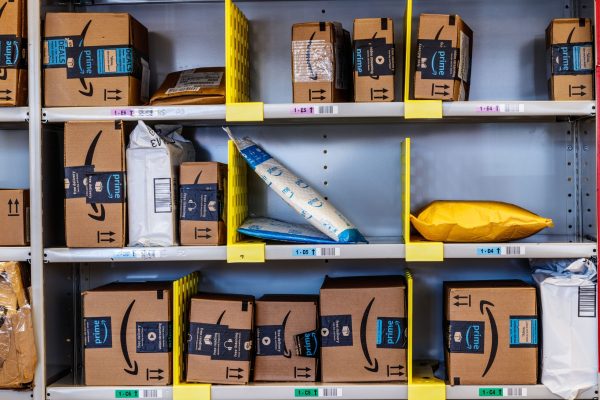It’s been an eventful few months for so many industries. Not only have we faced fuel and energy shortages, but we’ve also been faced with an HGV driver shortage, which has dominated the news agenda and had a knock-on impact across the supply chain and especially the logistics industry.
With fewer HGV drivers, there has been an issue with supply and demand. It has delayed the time from which a product leaves a farm, factory or warehouse to when it arrives in-store or delivered to the door. This, in turn, has increased product costs and essentially the cost of living.
It would be easy to blame these shortages on Brexit, but there’s a lot more to this shortage than the UK leaving the EU. The supply of HGV drivers has been an issue that’s been coming to a head for some time. COVID and Brexit, however, have hastened the crisis.
Prior to the pandemic, the UK was lacking 76,000 HGV drivers, which has escalated to 100,000 over the past 18 months. Combine this with a world that is still returning to normal after numerous lockdowns, leaving shortages across the supply chain, and you really do have the perfect storm.
For consumers, retailers and the logistics industry alike, this has been an eventful time, but there are steps the logistics industry can take, both short and longer term, to address this issue.
Government solution. The short-term plan
The government is taking steps to address the driver shortage, but this is more focused on the short-term.
Firstly, they’ve issued emergency visas to attract more European drivers, and they’re also looking in to use longer trucks (LSTs) to increase vehicle loads. This will give logistics companies the chance to deliver more in one journey, as opposed to having to do multiple journeys, therefore reducing the time it will take to restore the supply chain to pre-pandemic levels.
Another step the government has put into action is a relaxing of the rules around securing an HGV licence. From November 15th, 2021, a person with a standard car licence will be able to undergo training and testing to become an HGV driver, which will widen the pool of available drivers and get them road-ready quickly.
The HGV driver shortage. A shrinking talent pool
For the past few years, the number of newly qualified HGV drivers entering the market has been decreasing and has left the industry with an ageing workforce.
In fact, data from the Office of National Statistics (ONS) shows that, during the period Q1 2020 to Q2 2021, the industry lost around 69,000 drivers. This was due to a combination of people leaving the industry, the loss of EU drivers and retirement. According to the Road Haulage Association, nearly 60% of HGV drivers in the UK are at retirement age.
The next step is for the industry to address this shortage and start attracting a younger and more diverse workforce. HGV drivers are the lifeblood of society and play a pivotal role, so it’s going to be crucial to make this a job of choice for younger generations.
Customer transparency. Real-time visibility
One key takeaway from the HGV driver shortage is the need to be open and transparent when it comes to customer communication, which is now more important than ever. Instead of push notifications informing people about their delivery schedule, the need for real-time visibility or access to order status is paramount.
This isn’t just a value-add customer-facing tool either. Real-time visibility means businesses are better able to manage stock levels and supply. Giving suppliers or manufacturers the ability to pinpoint and manage their own supply chain will help ensure customers are kept in the loop, actively engaged and informed throughout the entire order and delivery process.
Maximising current assets
Alongside order transparency comes asset evaluation. If you’re looking to rethink your company or logistics strategy, then this is the perfect time to analyse the current state of play when it comes to asset management. Ask yourself; are you making the most of what you’ve got and are you working at full capacity? Are there areas that are ripe for improvement?
Friction-free fulfilment will help suppliers stay ahead and on top of stock levels to ensure warehouses are running smoothly and seamlessly. As an industry that is always looking at ways to refine and improve fulfilment, this is a real opportunity to look at new and innovative ways of making an impact across the supply chain.
A united network
With crisis comes change, and a chance for the industry to come together and form a united front for business success. Creating networks of logistics companies or suppliers ensures all parties can compete and meet fulfilment requirements more effectively.
For example, where one supplier may have low demand but high stock levels for a specific product, another may have a shortage. By trading together to ensure all parties are managing stock levels will keep the supply chain moving, create longer term benefits and start driving down costs.
The same applies across the logistics industry. By pulling together and forming effective networks means we’re working through challenging times together. Even though there are solutions to the driver shortage, and it will come to an end, this is a perfect time to create an even more robust industry fit for any other challenges thrown our way.
At Sprint Logistics, we are always ahead of the curve. Our experience means we are quick to adapt to any changes across the supply chain and we always work closely with our customers to ensure full transparency. Get in touch to learn more.




